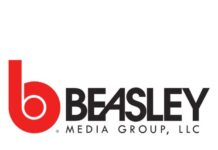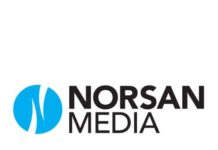
A new study just released by the Advertising Research Council, and detailed in AdAge, provides powerful information for your sellers who battle to pull advertising dollars from clients exclusively advertising with TV or print or even digital. The study, which included 5,000 campaigns for 1,000 brands, concluded that a brand will increase its ROI by 19% by increasing from one media platform to two. So what did this study say about radio?
Pranav Yada is the CEO of Neuro-Insight, a company that tracks how people respond to ads based on brain electrical activity. Yada says just having a common element, such as a Facebook display ad of an athlete holding a Gatorade bottle, helped make a TV ad showing the same athlete more memorable. When similar aspects are taken from one platform to another, it increases memorability on the second platform. He called this “priming,” and says depending on the brand, radio can prime TV, digital can prime TV, or vice versa.” How often have your salespeople heard a client say the budget is already spent on TV or one other media and that client’s media mix did not include any radio at all. This study is scientific proof that multiple media platforms will increase ROI.
Advertising Age goes into detail on the study and quotes ARF researcher Manuel Garcia-Garcia stating that “the ARF neuro-science research helps explain why multiple media are important. Advertising is more likely to be encoded in long-term memory if people encounter it in multiple media. Even for millennials traditional media has its place, and a pretty big one, according to the ARF. The study found a budget with 78% spending on traditional media to 22% on digital worked best for audiences as a whole. For people ages 18-34, the split was only a slightly different, 71% to 29%.






Nothing new here, gang. It’s just a new generation’s highfalootin’ take on media mix-the failed ideology of the old RAB. No advertiser has the money to spend on all media at once, regardless of how “logical” the premise may be as it is sold by these theorists. “Trimming the newspaper budget” and putting “a little” on radio to enhance the ad campaign was the philosophy of the Radio Advertising Bureau through it’s “Starch Reports”, as the study was called. The “study” claimed that ad retention in print was retained even if smaller print ads were run, freeing up money for radio to enhance the print. Message to advertisers? Print works-radio said so.